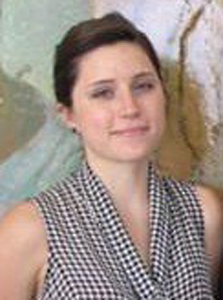Program Information
Visualizing Target Coverage by Iceball During MRI-Guided Cryoablation
K Dextraze*, R Stafford, F Maier, UT MD Anderson Cancer Center, Houston, TX
SU-E-J-59 Sunday 3:00PM - 6:00PM Room: Exhibit HallPurpose: This study sought to investigate a semi-automated image registration technique for near real-time visualization of iceball growth compared to planning target volume during MRI-guided cryoablation of renal tumors. The goal was to accurately project the location of the iceball on the intra-procedure planning image within 2mm during iceball monitoring.
Methods:Development and testing were initiated via retrospective analysis of MRI-guided renal cryoablations. Given an iceball image and pre-ablation planning image from the same session, the algorithm performed the following:
-User placed seed points (n >= 5) to initialize the segmentation
-Segmentation was performed via a Random Walker algorithm and generated binary maps of the kidneys in both images and iceball in the 3D monitoring image (40 sec, 256x256x10 image stack).
-The kidney binary maps were resampled to 1mm slices and edge-filtered prior to registration to improve registration accuracy.
-Registration via Fourier-Mellin invariant matching and Phase-Only Cross Correlation recovered rotation and translation transformations, which were then applied to the iceball mask.
-Registered iceball mask was projected onto the planning image.
The algorithm was applied to artificial test objects with known transformations, to test objects with missing information to simulate iceball signal deficit, and to in vivo images of a cryoablation in humans. The Hausdorff distance (edge-to-edge distance) was used to quantitatively assess performance.
Results:The approach was tested for artificial test objects and in-vivo data sets. For the test objects, after registration the Hausdorff distance was < 1 pixel and remained accurate while >= 20% of the object was visible in the monitoring image. For the in-vivo application, the Hausdorff distance was reduced from 14.4 pixels to 2.6 pixels (7.2 sec, 256x256x46 stack).
Conclusion:This semi-automated registration algorithm executed in less than one minute and was robust to missing information, demonstrating potential for clinical use in near real-time visualization of tumor coverage during cryoablation.
Funding Support, Disclosures, and Conflict of Interest: This research is supported in part by the MD Anderson Cancer Center Support Grant CA016672.
Contact Email:


